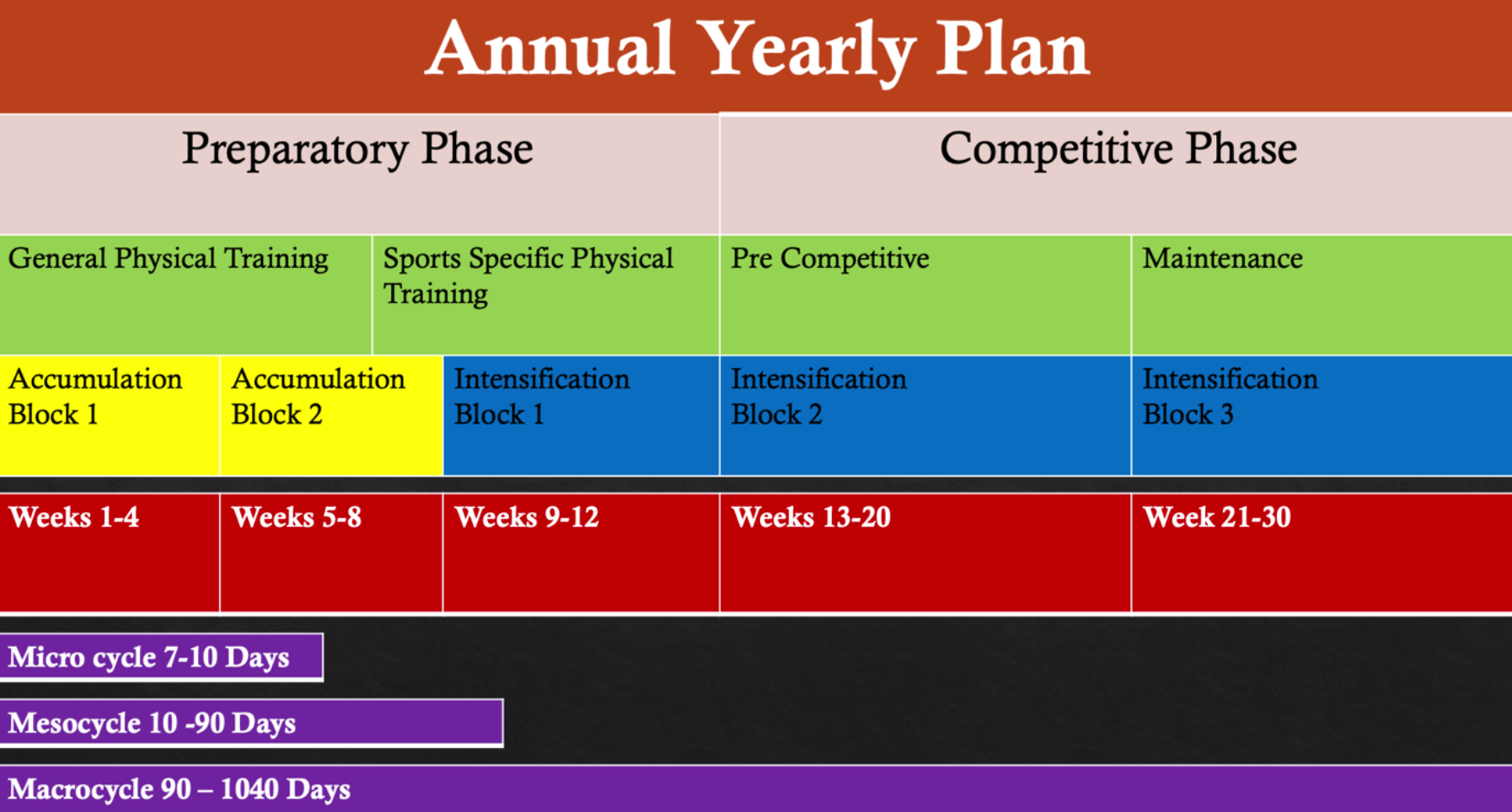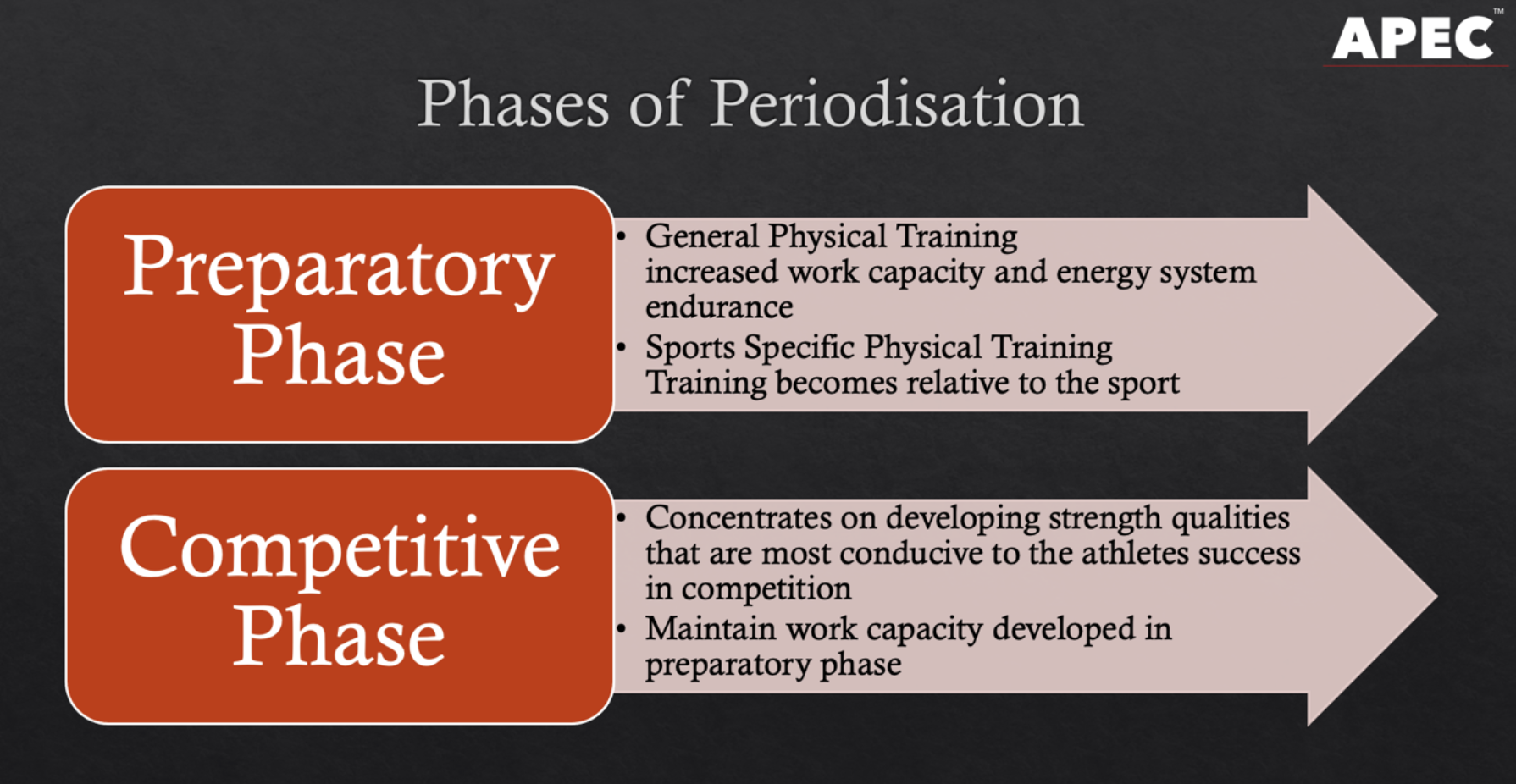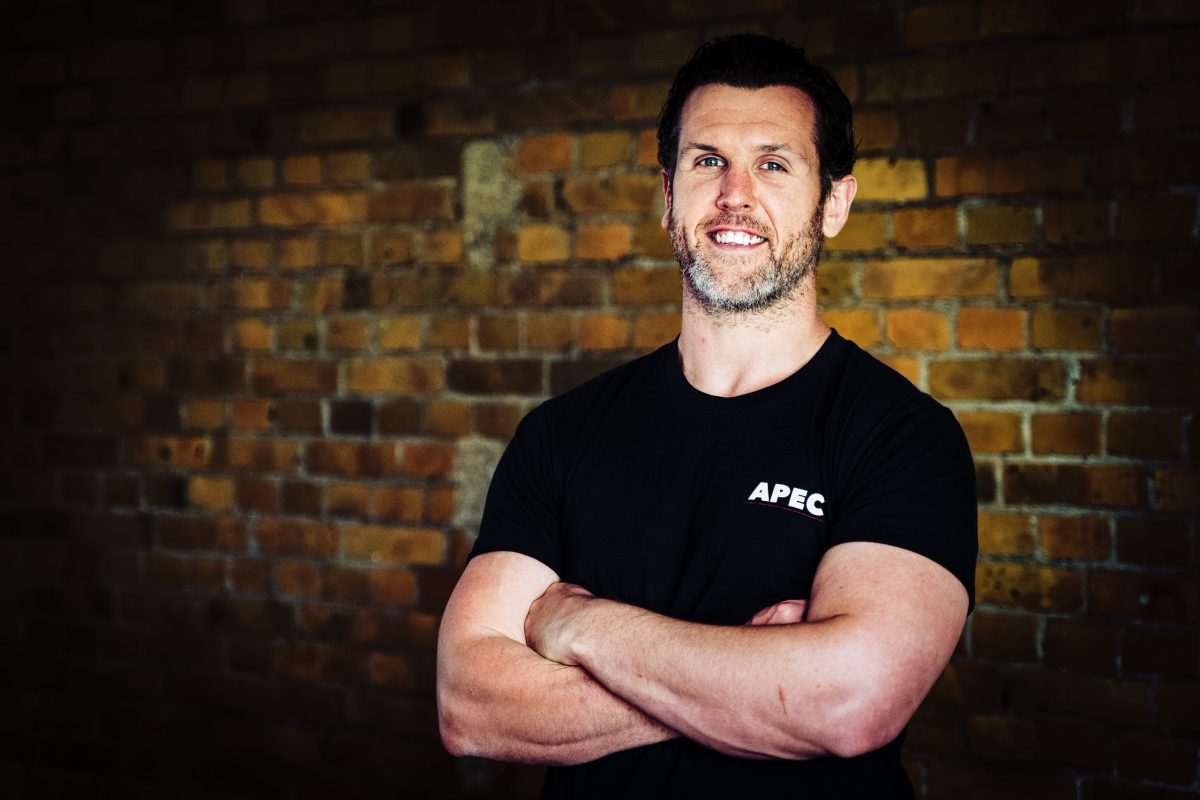Periodisation for Sports Performance (Part 1 of 3)

- Blog
To truly understand periodisation we must first step back in time and analyse the history and origin of periodisation. Before we do, let’s first define what periodisation is.
Periodisation is the systematic planning of athletic performance training. The aim is to gear individuals towards reaching their best possible level of performance for either a single competition during the year such as Olympic sports or sustaining performance levels for a whole season, such as is needed in field-based sports. Periodisation involves the progressive cycling of various aspects of a training program during a specific period of time. Strength and conditioning programs can use periodisation to break up the training program into the off-season, preseason and in-season. Periodisation divides the year-round condition program into phases of training that focus on different goals.
The history of periodisation can be traced back to nearly 2000 years ago, so we know that periodisation is not a new concept. However, periodisation has been a heavily debated topic by sports scientists and strength and conditioning coaches in recent years so we must ask ourselves the question why? Since the rise in popularity of the Olympic games in early 1900, countries that competed competitively in those games were forced to take a more analytical approach to how they prepared their athletes for competition.
Countries like the USSR which is today known as Russia and Eastern Block countries were among the first countries to truly shape periodisation as we know it.
The first recorded monograph that was devoted to high-performance training was published in 1916 by Boris Kotov a USSR track and field coach. In his book called “Olympic Sport,” readers are introduced to the original concept of periodized training that defines 3 distinct stages. The first stage is general fitness preparation, the second stage is specialised training, and the third stage is specific preparation for the forthcoming competition.
A further monograph was released in 1964 by Russian physiologist Leo Matveyev who closely observed all training that was being performed under the USSR Olympic training system at the time such as track-and-field, swimming, skiing, etc.
Matveyev looked to develop Kotov’s original concept of periodisation by introducing what we now refer to as the traditional approach to periodisation. Matveyev further organised the periodization model and was able to establish that the success the USSR was experiencing during the 1952 and 1956 summer Olympics games could be directly attributed to the periodisation models being used by USSR coaches. Matveyev could identify a clear breakdown of each stage of training the Olympic athletes went through. With records clearly showing defined quadrennial cycles of training which is the planning and preparation of training cycles for 4 years. Within that quadrennial cycle, multiple macrocycles cycles existed which is the planning and preparation of training for 1 year. Finally, mesocycles of training took place that represented blocks of training lasting 2-8 weeks.

Matveyev analysed the results of the USSR athletes from the 1952 and 1956 summer Olympics and compared successful and not so successful athletes and their training schedules. From these training plans, periodised schedules were developed for the 1960 Olympics where the USSR arguably had one of their most successful Olympic games with 43 Golds 29 Silver and 31 Bronze medals. Matveyev has since been regarded as the father of traditional periodisation.
Within Matveyev’s periodisation models lay two main components that made up a traditional periodisation plan as we know it today. Those components were the preparatory period and the competition period. Within the preparatory period of periodisation, we have 2 further subcomponents of training. First, we have the general preparation period (GPP) and the special preparation period (SPP). GPP focus on developing general fitness and strength qualities such as aerobic fitness which is the ability to continually perform exercises such as running/rowing/cycling for a prolonged period of time, and strength endurance which is the ability to perform a movement with great control and accuracy for a set amount of repetitions normally around 15-20.

While SPP moves focus towards developing fitness and strength qualities that are closely related to the sport itself. For example, sports that required athletes to perform bouts of high-intensity work for 30-90 seconds at a time without any break would require them to have a well-developed anaerobic system. While sports that call for the expression of high force would require athletes to have well developed max strength qualities.
The competition phase then requires the focus of training to be highly specific to the sport itself and mimic the exact movements improving the power speed and efficiency at which those movements are performed. For example in track events such as the 100m sprint the ability to produce force very quickly to sprint fast was highly advantageous. Therefore plyometric movements which mimicked the sport and elicited the required adaptation of reactive strength became very useful to the athletes training.
The last stage to this historic periodisation walkthrough is the rise of the well-known and successful periodisation model termed block periodisation by Yuri V. Verhoshansky.

Verhoshansky’s who was named the godfather of plyometrics in many publications and books was mostly known for his success in the jumping disciplines. While he tried to build on the work of his predecessors Kotov and Matveyev, his periodisation model aimed to develop one single strength or fitness quality during each block of training. The development of a single quality resulted in substantial enhancement of that quality with a delayed transformation effect and improvements in sport-specific technical motor abilities. Delayed transformation suggests that the strength or fitness quality developed in a 6-week block of training only truly comes to fruition in terms of super-compensation in the next 6 weeks block of training.
The premise of block periodisation was to prioritise a single strength quality during an accumulation phase such as maximum strength. Once pure saturation of that quality had been achieved the following block of training known as the restitution phase would develop quality with a greater emphasis on speed such as speed-strength while trying to maintain the max strength quality originally developed in the accumulation phase. Verhoshansky’s block periodisation found great success for athletes who required a relatively small number of targeted abilities such as jumping disciplines.

Block periodisation has come under great scrutiny in recent years with a strong academic argument suggesting that the application of such models in field-based sports are challenging. The reasoning for this was coaches have found that in preparing athletes who need to develop and excel in a larger number of sport-specific abilities such as strength, power, speed, agility, aerobic capacity and anaerobic power concurrently the approach does not provide the balanced multilateral training that enables athletes to attain optimal athletic preparedness and peak performance.
In conclusion, sports periodisation has come a long way since its first recorded monography by Kotov in early 1900. Matveyev was responsible for creating the traditional periodisation model or as it is also referred to today liner periodisation where volume decreases and intensity increases over the preparatory period and the competition period. Finally, Verhoshansky introduced Block periodisation which was a far more advanced model of training. This model allowed for the complete saturation and development of strength and fitness qualities. During the proceeding blocks of training new strength and fitness, qualities would be developed while maintaining any strength and fitness qualities developed in the prior blocks of training.
About Author:

Shane Cahill is the director of education and operations at APEC. An ex-professional athlete, Shane spent the majority of his professional rugby playing career in the UK playing in the RFU Aviva Premiership and Championship.